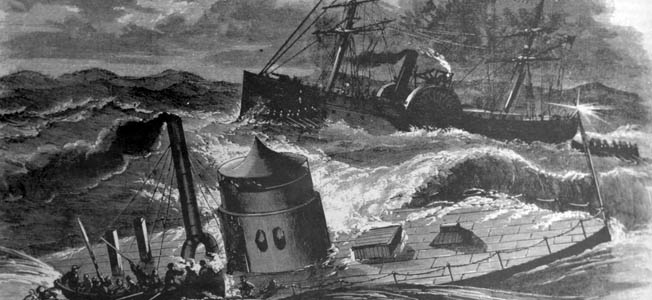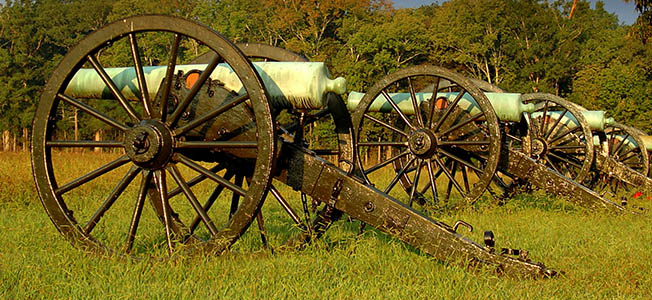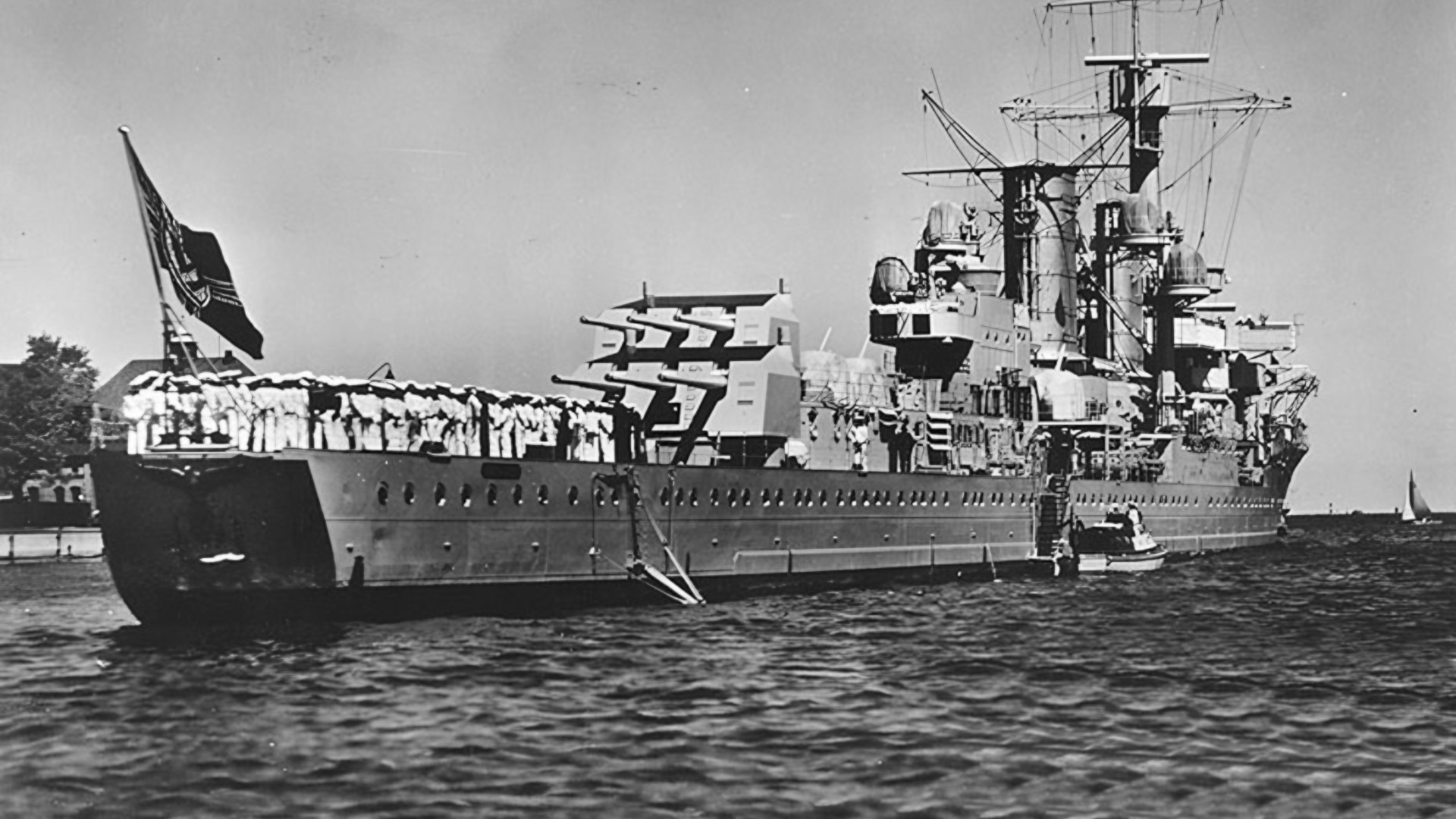by Keith Milton
The subsequent careers of the Monitor and Merrimack were not as dramatic as their first clashes. The two ironclads never met in combat again after their infamous battle on March 9, 1862. They remained on station roughly where they were when their classic battle ended. The Monitor continued to protect the blockading squadron, and the Merrimack guarded the entrance to the James River, leading to the Confederate capital of Richmond, and Elizabeth River at Norfolk.
Neither side seemed willing to risk its most powerful ship. Merrimack made a sortie into the Roads in early April, and with her consorts captured three Federal vessels lying unguarded, then beat a hasty retreat when Monitor appeared to challenge her. She made two more appearances in the Roads, but did not remain to give battle. Monitor also would probe toward the mouth of the James on occasion, but likewise was not looking for a fight.
No Place to Call Home
When Norfolk fell to Union forces on May 10, the Merrimack had no place to call home. It was suggested that she might ascend the James and help in the defense of Richmond, but once again, her pilots refused to try. Shoal water between the mouth of the river and the Confederate capital would prevent such a move. Her new commander, Josiah Tatnall, saw no course left open to him but to destroy his vessel lest she be captured. He ran her ashore on Craney Island, disembarked the crew, and set her afire fore and aft. She burned for nearly an hour before she blew up as the flames reached her magazines. It was said that no part of her remained of sufficient size to give anyone an idea of the details of her construction.
[text_ad]
With Merrimack gone, Federals tried taking Monitor up the James to attack Richmond. She made it up as far as Drewery’s Bluff where a sharp turn in the river and a steep bank nearly 200 feet high brought her in range of Fort Darling, a hastily constructed battery. Monitor, and her wooden consorts Galena and Naugatuck, could not elevate their guns enough to trade shots with the Confederates, and the wooden vessels began to take a beating from the Rebel guns. The sailors also discovered that the river ahead had been blocked by pilings, sunken vessels, and other barriers. The Federal fleet withdrew with their noses bloodied.
Changing Naval History Forever
By now, the Peninsular campaign was under way, and the Monitor was used to protect McClellan’s right flank along the York River. She remained there until the end of the year, when she was ordered to Beaufort, S.C. On December 31, 1862, she foundered in a storm off Cape Hatteras and went down about six miles offshore. Sixteen of her crew went with her but 47 were saved by the heroic efforts of her escorts.
To say that the Battle of Hampton Roads changed naval history is an understatement. Almost overnight, every wooden ship of the line of every naval power in the world was obsolete. It settled once and for all the wood-vs.-iron debate, just as the battleship-vs.-carrier debate would be settled 80 years later when the Japanese sank powerful U.S. and British battleships in December 1941.
Today, the Monitor wreck is a protected sanctuary. It is unlikely that her hull will ever be raised as it is considered too fragile after more than 130 years under water. But her anchor has been brought to the surface, and just recently her innovative steam engines. There are plans to raise her turret.
You can read more about the efforts to preserve the Monitor and her parts at the following websites:
http://www.monitor.nos.noaa.gov
http://www.monitorcenter.org
http://www.ironclads.com









Join The Conversation
Comments
View All Comments